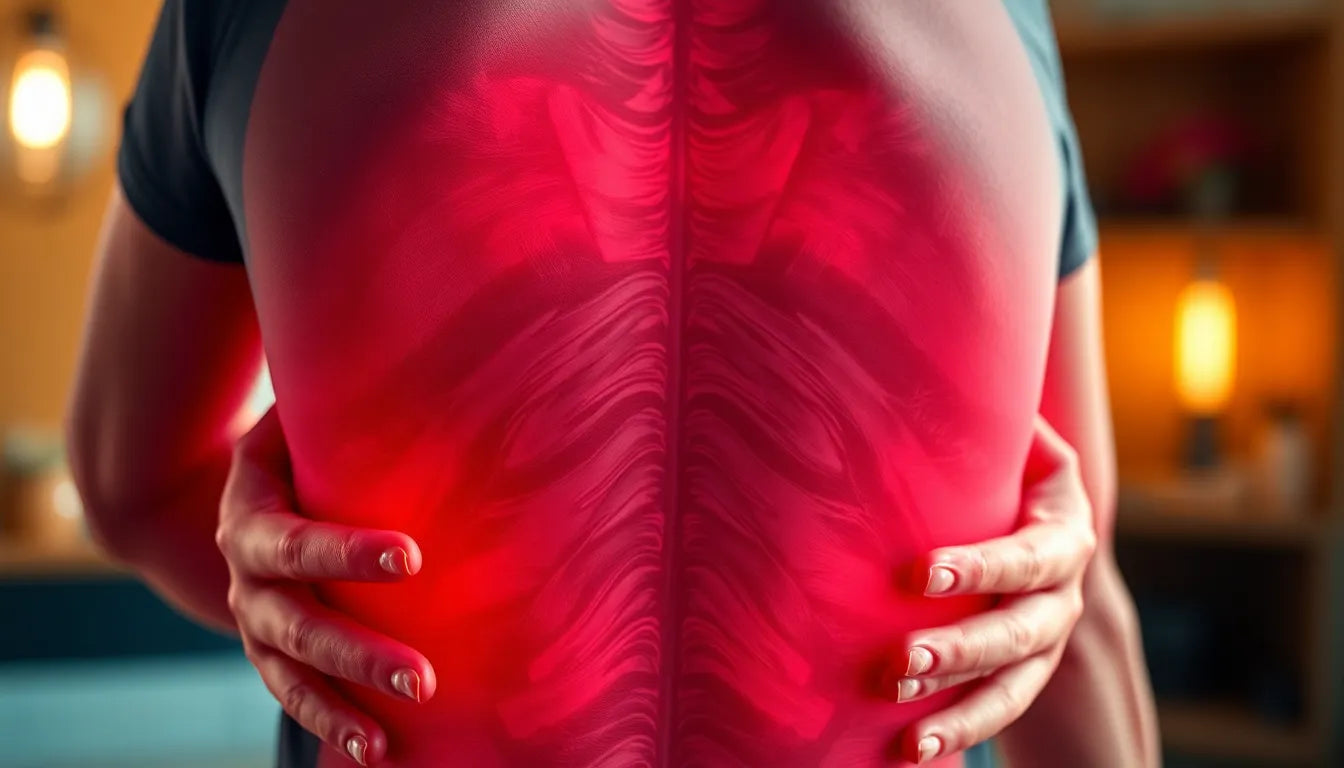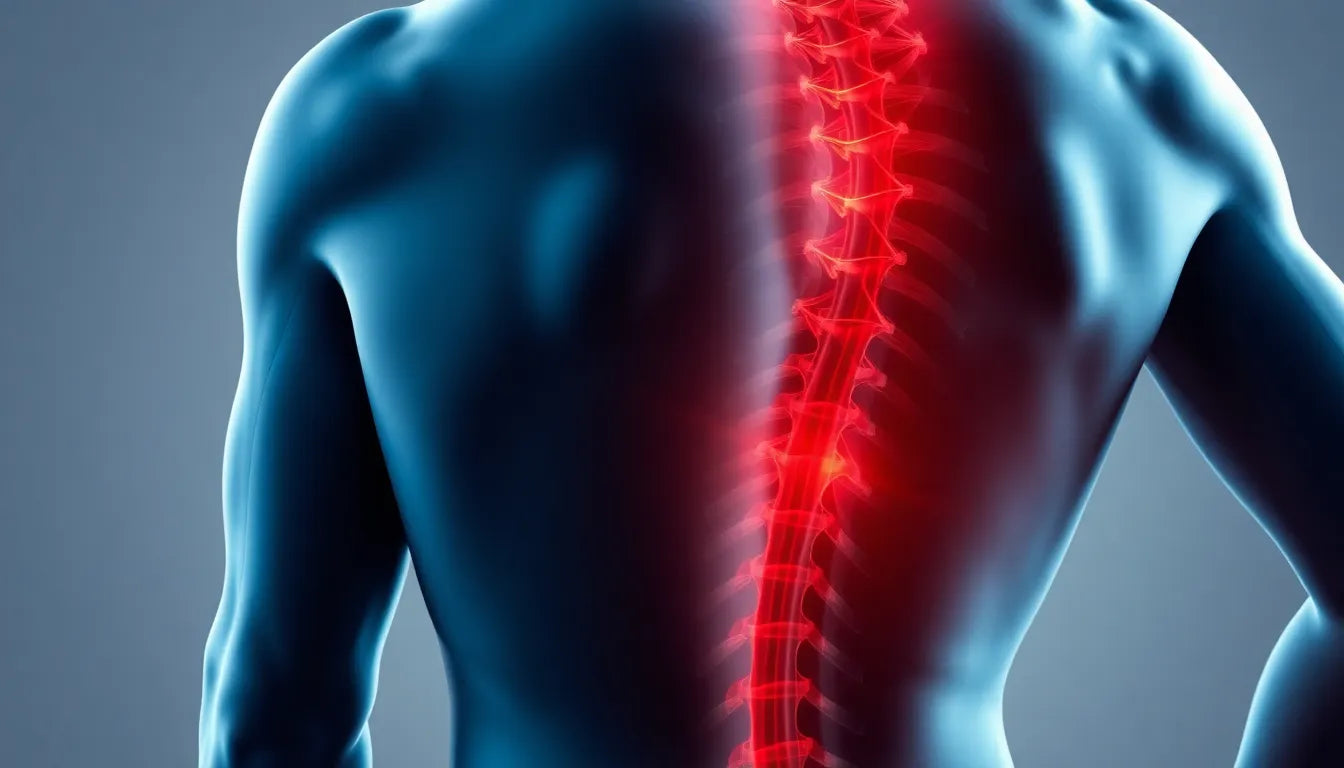At vælge den rette madras kan være en afgørende faktor for dem, der lider af rygsmerter. Rygsmerter er en udbredt lidelse, der påvirker millioner af mennesker verden over og kan have en betydelig indvirkning på livskvaliteten. En god nats søvn er essentiel for kroppens helbredelse og velvære, og her spiller madrassen en central rolle. Ikke alene kan den rette madras give lindring fra smerter, men den kan også forebygge fremtidige problemer ved at sikre korrekt støtte og justering af rygsøjlen.
Vigtigheden af den rette madras
Markedet for madrasser er rigt på muligheder, og hver type tilbyder forskellige fordele, når det kommer til rygstøtte og trykaflastning. Fra memoryskum til latex, hver madrasmateriale har sine unikke egenskaber, der kan påvirke, hvordan din rygsøjle justeres og hvordan trykpunkter aflastes. En korrekt valgt madras kan hjælpe med at fordele kropsvægten jævnt, hvilket reducerer belastningen på ryggen og fremmer en sund soveposition.
Formålet med denne blog
I dette indlæg vil vi guide dig gennem de forskellige typer madrasser, herunder deres fasthedsniveauer og hvordan disse kan påvirke din ryg. Vi vil også se på, hvordan du kan vælge den bedste madras baseret på dine personlige behov og præferencer. Uanset om du foretrækker en blød eller fast madras, eller om du sover på ryggen, siden eller maven, er der en løsning, der passer til dig. Ved at forstå de forskellige muligheder og deres fordele kan du træffe en informeret beslutning, der kan forbedre din søvnkvalitet og lindre rygsmerter.
Bliv hængende, mens vi dykker dybere ned i de specifikke egenskaber ved memoryskum og latexmadrasser, og hvordan disse materialer kan være nøglen til at finde den perfekte madras til lindring af rygsmerter.
memory foam and latex mattresses: finding the right fit
When it comes to selecting a mattress that alleviates back pain, memory foam and latex are two standout materials. Known for their pressure-relieving qualities, these mattresses offer unique benefits that can cater to different preferences and needs.
Memory foam mattresses are celebrated for their ability to contour closely to the body, providing personalized support. This material excels in evenly distributing body weight, thus minimizing pressure points that can exacerbate back pain. The adaptive nature of memory foam allows it to mold to the body's shape, which is particularly beneficial for those who experience discomfort due to uneven weight distribution during sleep.
Latex mattresses, on the other hand, offer a distinct balance of support and comfort. Unlike memory foam, latex provides a firmer feel without the deep sinking sensation, making it a preferred choice for those who desire more buoyant support. Its natural elasticity aids in maintaining proper spinal alignment, a crucial factor in preventing and alleviating back pain. Latex is also known for its durability and breathability, which can enhance sleep quality by keeping the sleeping surface cool and comfortable.
understanding firmness and spinal alignment
The firmness of a mattress plays a pivotal role in ensuring proper spinal alignment, which is essential for reducing back pain. Generally, a medium to firm mattress is advised for individuals experiencing back issues. This level of firmness supports the natural curvature of the spine, preventing it from sagging into an unhealthy position. However, it's important to strike a balance, as a mattress that is too firm might not provide adequate relief for pressure points, particularly for side sleepers.

Lumbar support belt
Provides adjustable lower back support and relief from pain even while active or sitting.
Customization is key when selecting a mattress to address back pain. Many manufacturers offer trial periods, allowing you to test the mattress in the comfort of your home. This trial period is crucial to determine if the mattress meets your needs in terms of support and comfort. Additionally, opting for a mattress with a washable cover can enhance hygiene and reduce allergens, contributing to a healthier sleeping environment.
considering sleep position and body type
Your sleep position is another critical factor in choosing the right mattress. Back sleepers generally benefit from a medium-firm mattress that supports the spine's natural alignment. Side sleepers, however, may require a slightly softer surface to cushion the shoulders and hips, preventing pressure build-up. Stomach sleepers often need a firmer mattress to avoid excessive sinking that can lead to lower back strain.
Body type also influences the ideal mattress choice. Individuals with a heavier build may require a firmer mattress to provide sufficient support and prevent excessive sinking, while lighter individuals might find comfort in a softer option that allows for better contouring. It's essential to consider both weight and height to ensure the mattress offers the right level of support.
By understanding the characteristics of memory foam and latex mattresses, as well as the importance of firmness and customization, you can make an informed decision that aligns with your specific needs. Whether you prioritize contouring comfort or responsive support, the right mattress can significantly improve your sleep quality and alleviate back pain.
additional considerations when choosing a mattress for back pain
While memory foam and latex are popular choices for those seeking relief from back pain, it's worth exploring additional material options. Hybrid mattresses, which combine the support of innerspring coils with the comfort of foam or latex layers, offer a unique blend of benefits. These mattresses provide enhanced support and durability, making them suitable for a wide range of sleepers.
Maintaining good posture during daily activities is also essential for managing back pain. A high-quality mattress can support spinal alignment during sleep, but combining this with ergonomic practices throughout the day can further alleviate discomfort. Consider investing in ergonomic chairs and desks for workspaces, as these can complement the benefits of a supportive mattress.

Women's Posture Shirt™ - Black
Patented shirt that improves posture, relieves pain and tension, and activates muscles.
frequently asked questions
What is the best mattress for back pain?
The best mattress for back pain typically falls within the medium to firm range. Memory foam and latex mattresses are often recommended due to their ability to provide pressure relief and support spinal alignment. However, the ideal choice can vary based on personal preferences and specific needs.
How often should I replace my mattress?
Most mattresses should be replaced every 7 to 10 years, depending on the material and quality. Signs that it’s time for a replacement include sagging, loss of support, and increased discomfort during sleep.
Can a mattress really help with back pain?
Yes, a good mattress can significantly alleviate back pain by providing proper support and maintaining spinal alignment. Many users report reduced pain and improved sleep quality after switching to a mattress that suits their needs.
Is a firmer mattress always better for back pain?
Not necessarily. While a firm mattress can support spinal alignment, it must also offer comfort and pressure relief. The balance between firmness and softness should be tailored to individual preferences and sleeping positions.
What should I consider when testing a mattress?
When testing a mattress, focus on support, comfort, and pressure relief. Ensure the mattress maintains spinal alignment and feels comfortable in your usual sleeping position. Take advantage of trial periods to test the mattress at home before making a final decision.
Kilder
- ILVA. ”Bedste seng til dårlig ryg.” Inspiration til Soveværelset.
- ESeng. ”Hvorfor får jeg ondt i ryggen af min seng?” ESeng.
- Møbler.dk. ”Ondt i ryg, lænd eller skulder efter søvn.” Inspiration & Viden.
- JYSK. ”Hvordan vælger du den bedste madras til dårlig ryg.” Inspiration.
- Drømmesengen. ”Den rigtige madras til dårlig ryg.” Drømmesengen.
- Bobo Online. ”Hvilken madras til dårlig ryg?” Bobos Blog.


















